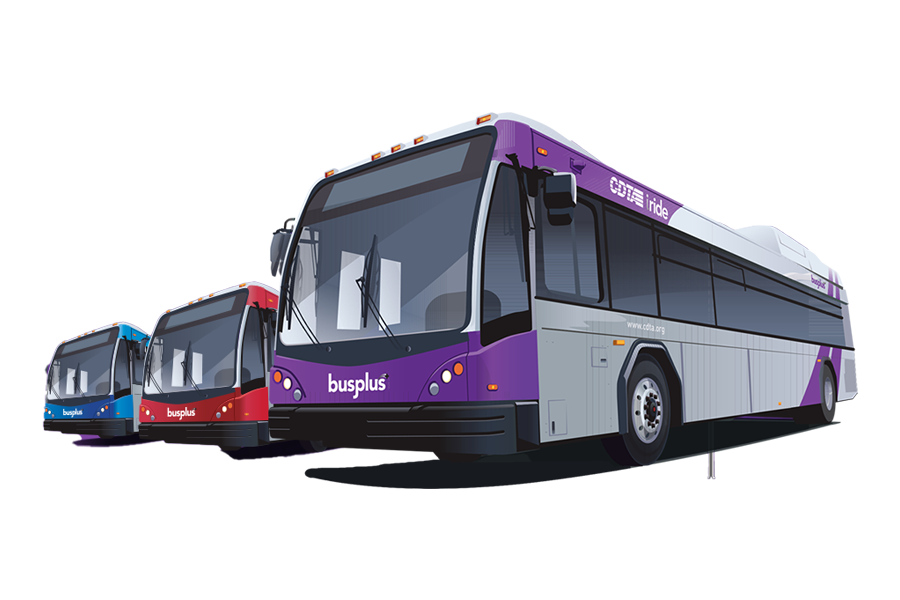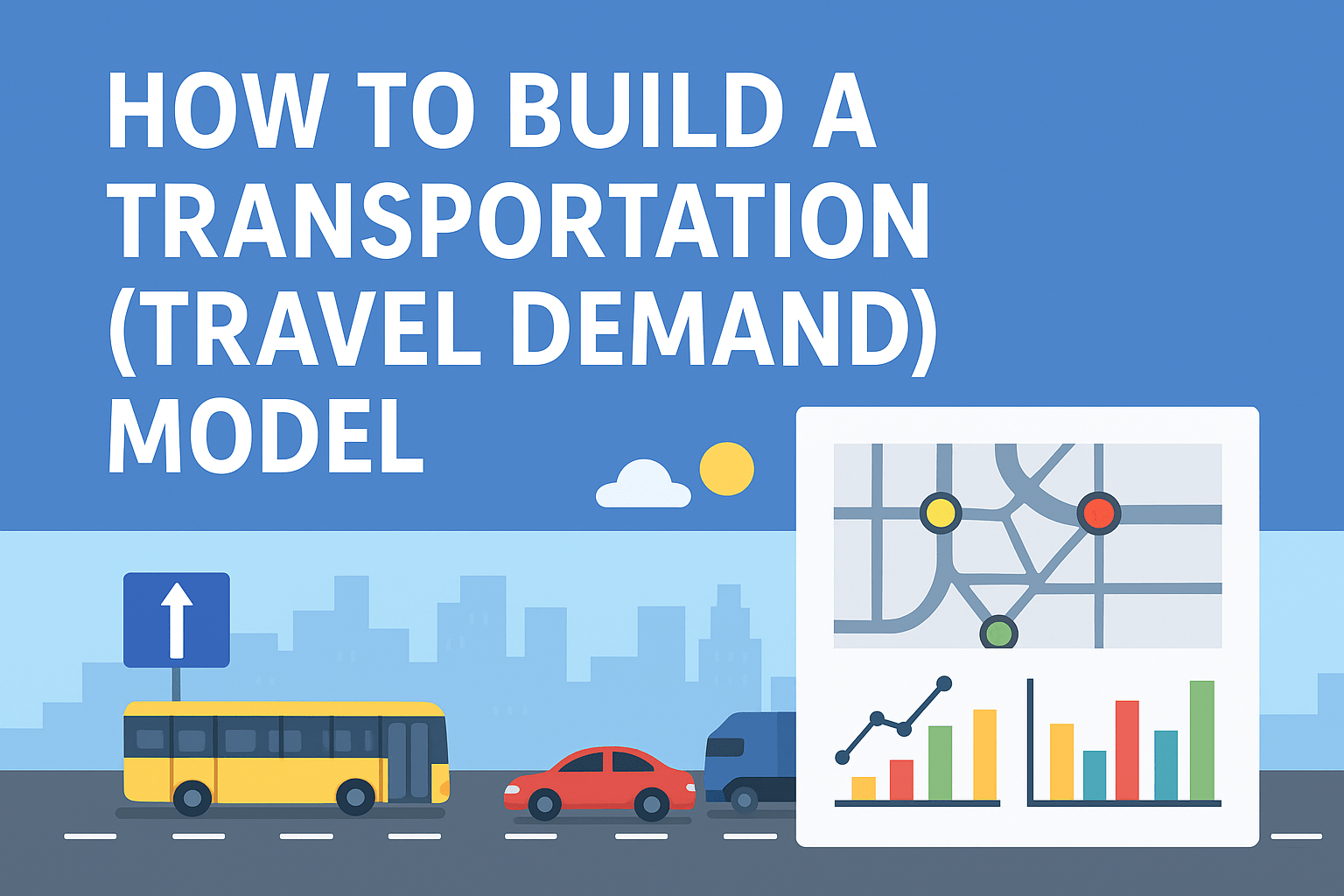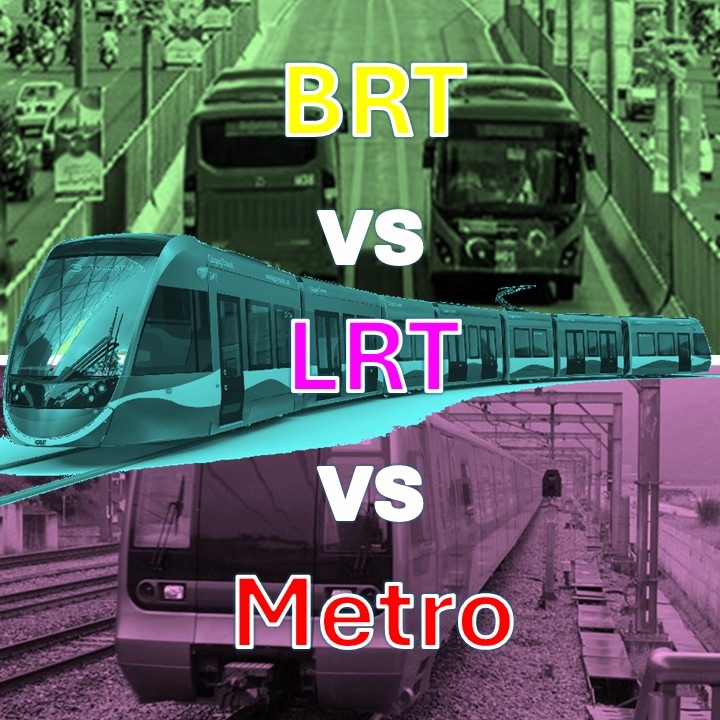Public transit systems are the backbone of urban mobility—moving millions of people daily, reducing congestion, and supporting economic activity. Yet, many agencies around the world struggle with financial sustainability. Farebox revenue alone rarely covers operating costs, and capital-intensive expansions demand alternative funding sources.
To thrive, transit agencies must diversify their income streams beyond fares. This article explores proven revenue-generating strategies for public transit services, with global examples and practical considerations for agencies of all sizes.
If you are a transit agency, try our bus fleet size calculator.
Farebox Optimization
a) Smart Pricing Models for transit
- Distance- or time-based fares: More equitable than flat rates, ensuring users pay proportionally to the service used.
- Peak/off-peak pricing: Encourages demand distribution and maximizes revenue in high-demand hours.
- Dynamic pricing pilots: Modeled on airlines/ride-hailing, still experimental but promising in busy metros.
b) Technology-Driven Collection
- Contactless payment systems reduce leakage and increase efficiency.
- Mobile ticketing apps lower operating costs and allow for promotions.
Case Example: Transport for London (TfL) introduced daily/weekly capping with Oyster and contactless cards, making fares predictable while ensuring steady revenue.
Government Support & Subsidies
Even the most efficient systems require some level of subsidy because of the broader economic and social benefits. Strategies include:
- Dedicated transit taxes (sales tax, payroll tax, fuel levy).
- Congestion pricing revenues earmarked for transit (e.g., London, Stockholm).
- Carbon credits and climate funds tied to emissions reduction.
Case Example: Paris uses a payroll mobility tax (Versement Transport) where employers contribute a percentage of salaries to finance public transport operations.
Transit-Oriented Development (TOD) & Real Estate Income

Transit agencies can monetize land and property around stations:
- Leasing commercial space in stations (retail, offices, food courts).
- Joint development with private developers: Agencies provide land, developers finance mixed-use projects, and both share revenue.
- Air rights and land value capture: Agencies benefit from appreciation in land value near transit corridors.
Case Example: Hong Kong’s MTR Corporation earns significant revenue from property development rights, making it one of the few profitable transit operators globally.
Advertising & Branding Opportunities
Stations and vehicles are high-visibility environments:
- Exterior and interior vehicle ads.
- Digital billboards and interactive panels in stations.
- Naming rights for stations or lines (e.g., “Barclays Center Station” in New York).
- Brand partnerships (Wi-Fi sponsors, digital service partners).
Case Example: Dubai Metro sold naming rights to 13 stations, generating millions in non-fare revenue.
Ancillary Services
Transit agencies can expand into complementary services:
- Parking facilities near stations with daily/seasonal passes.
- Bike-sharing or e-scooter integration, operated directly or through partnerships.
- Logistics and parcel delivery, leveraging transit networks for last-mile services.
Case Example: Japan Railways companies operate not only transit but also convenience stores, logistics, and hotels, diversifying their income portfolio.
Public–Private Partnerships (PPPs)
Private sector participation can unlock new revenue channels:
- Concession agreements for operating lines or stations.
- Advertising and retail management outsourced to private firms for guaranteed returns.
- Joint financing of new corridors through risk-sharing arrangements.
Case Example: In Brazil, São Paulo Metro Line 4 was built as a public-private partnership, with the private operator responsible for revenue collection and sharing.
Innovative Funding Mechanisms
- Value Capture Financing: Taxing properties that increase in value due to new transit infrastructure.
- Green Bonds: Debt instruments tied to environmentally sustainable investments.
- Mobility-as-a-Service (MaaS) subscriptions: Bundled mobility packages (transit + bike + ride-hailing) under one monthly plan.
Case Example: In the U.S., Denver’s Union Station redevelopment leveraged tax-increment financing (TIF) to fund transit-oriented improvements.
Enhancing Customer Experience to Boost Revenue
Revenue growth is not only about new funding streams—it’s also about retaining and attracting riders.
- Reliability and frequency are the strongest drivers of ridership.
- Comfort and amenities (Wi-Fi, clean vehicles, real-time info).
- Integrated mobility platforms that simplify trip planning and payment.
A satisfied rider base leads to higher ridership, political support, and willingness to pay.
Public transit will always face the challenge of balancing social service obligations with financial sustainability. The most successful agencies adopt a portfolio approach: combining farebox optimization, government support, real estate development, advertising, and ancillary services.
By treating transit not only as a transport utility but as a mobility ecosystem, agencies can build resilient, diversified revenue streams that fund long-term growth and ensure public transport remains accessible, efficient, and sustainable.



